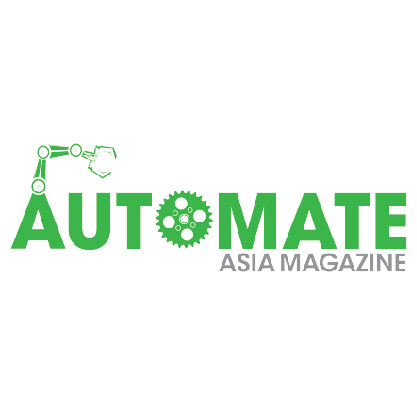How are IoT and Blockchain Revolutionizing Cars?
- Automate Asia Magazine

- May 10, 2021
- 3 min read

Hold on tight. You’re in the fast lane to a new digital era. 5G, IoT, AI, and Blockchain are all collaborating to create an awe-inspiring experience. Once novel concepts and ideas, they are quickly becoming commonplace and the norm, and as they take hold in every industry, we are sure to witness a revolutionized existence.
Automotive Industry & IoT
By 2040, 90 percent of all new vehicles will be connected through IoT. The global automotive IoT market is predicted to reach $541.73 billion by 2025, claims globenewswire.com. The rapid growth of IoT in the automotive sector can be attributed to growing government initiatives, the desire to develop smart cities and smart traffic management systems, and minimizing greenhouse gas emissions.
As a whole, IoT has a lot to contribute to the industry. It’s enhancing connectivity, which in turn is converting cars into smart devices and paving the road for autonomous vehicles. At the moment, the main areas that IoT is driving change in the automotive sector include V2X and in-vehicle communication.
Vehicle-to-Everything (V2X) Communication
This includes vehicle-to-vehicle (V2V) and vehicle-to-infrastructure (V2I) communications. The key element of connected cars is the ability to capture correct and complete data in real-time about their surrounding environment. And that means relying on a sophisticated technology built on sensors, high-resolution cameras, radar, and whatnot. Objects within one centimetre and up to 120 meters away need to be identified.
The sensor-generated data can help drivers receive route information, estimated travel times, incident reports, etc. So alerts about road conditions or driving hazards can help map out the most efficient route.
In-Vehicle Communication
Internal sensing technology is equally important. IoT-enabled sensors can measure a whole range of parameters, including fuel level, speed, tire pressure, in-cabin humidity, brake performance, temperature, and even driver behaviour. This is opening doors for predictive maintenance. By monitoring vehicle performance, a visit to a mechanic can be scheduled before an issue arises.
Blockchain in the Automotive Industry
The lack of security in the IoT sphere is a major concern. As Yotam Gutman mentioned in the RFID Journal, it’s a Doomsday Scenario waiting to happen. This is where Blockchain technologies can be helpful.
Research shows that bringing Blockchain can significantly enhance and secure data exchange between connected devices and IoT platforms. According to a report by Frost and Sullivan, 10% to 15% of connected vehicle transactions will likely be on Blockchain by 2025.
The processes that Blockchain utilizes to record and store data help protect it against leaks and manipulations. Data is linked to each other through cryptographic hashes and timestamps, making it almost impossible to tamper with. Moreover, automated backup files are stored in countless individual nodes in the Blockchain.
These features are expected to boost the acceptance, incorporation, and growth of Blockchain technologies in the automotive market. For example, Volkswagen wants to prevent odometer fraud, and Ford wants to track how raw materials are acquired. Blockchain-backed developments have great potential in financing, mobility solutions, smart contracts, supply chain management, and much more.
The Problem
While Blockchain technologies are beginning to set foot in the auto sector, there is still a great deal of uncertainty overshadowing its future. Of all the other emerging technologies, Blockchain may not be as quick to be implemented. While forecasts and predictions are high, the rates of adoption vary from country to country. It has been slower in some areas due to risk mitigation and regulatory requirements.
Automotive companies are continuously making efforts to bring Blockchain technologies on board. However, the cost of implementing them into the automobile industry is considerably high due to their advanced features.
What to Expect
The adoption and combination of IoT and Blockchain technologies can help overcome the problems each of them faces individually. Devising a system where the entire automobile industry can perform with limited human supervision would be nothing short of revolutionary.
For instance, immutable DLTs could help overcome security and safety concerns, while IoT could facilitate data collection and wide-spread adoption. Blending their functionalities could blur the line between them and create an entirely new concept of a car. And even though this is merely an idea in the infancy stages, viable use cases should be explored and tested. So yes, the possibility is out there.
Final Thoughts
As newer technologies emerge, we will witness thought-provoking advancements in our lives. Today’s glimpse into the disruptive force of IoT and Blockchain is displaying the power and potential they have to change the mobility sector as we know it.
More importantly, as this relationship matures and improves, we will observe more applications in the coming days to influence various other industries. After all, we are on the road to change.
Source: www.iotforall.com





-01.jpg)


